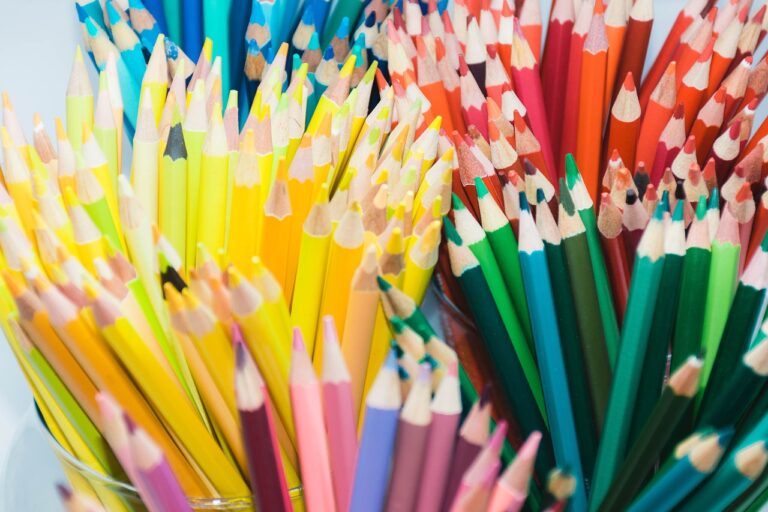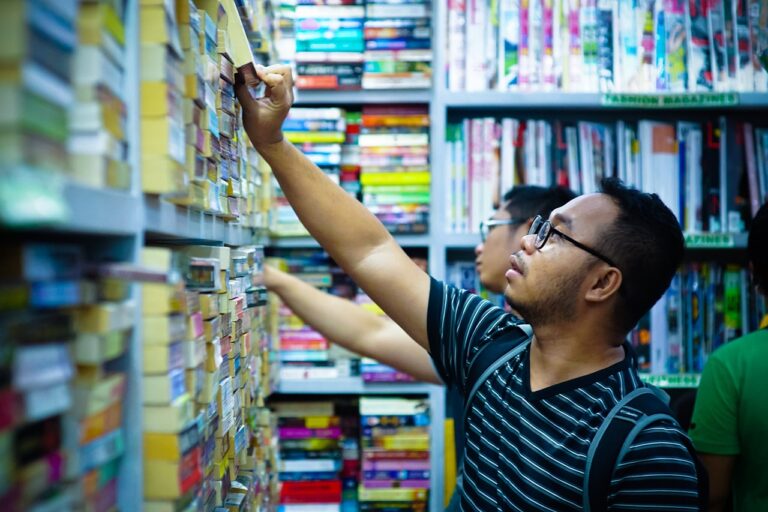The Role of Art Education in Child Development
Creativity plays a pivotal role in the development of children, as it allows them to explore the world around them in innovative ways. When children engage in creative activities such as drawing, painting, or imaginative play, they are able to express themselves and develop important skills that are crucial for their overall growth and learning.
By encouraging creativity in children, we are fostering their ability to think outside the box, problem-solve, and communicate effectively. Through creative expression, children learn to tap into their imagination, enhance their cognitive abilities, and develop a sense of confidence in their own capabilities. This not only benefits their intellectual growth but also helps them to build resilience and adaptability in the face of challenges.
The Benefits of Art Education for Cognitive Development
Art education plays a crucial role in fostering cognitive development in children. Engaging in artistic activities such as drawing, painting, and sculpting helps enhance cognitive functions like problem-solving skills, critical thinking, and spatial reasoning. When young minds immerse themselves in the creative process, they are actively stimulating neural pathways that contribute to improved cognitive abilities.
Moreover, art education encourages children to think outside the box and explore their imagination, leading to enhanced creativity and innovative thinking. By participating in art-related activities, children develop the ability to visualize concepts, experiment with different ideas, and express their thoughts in unique ways. These cognitive benefits not only enhance academic performance but also play a significant role in shaping a child’s holistic development.
– Art education enhances problem-solving skills
– Engaging in artistic activities stimulates neural pathways
– Encourages children to think outside the box and explore their imagination
– Develops the ability to visualize concepts and express thoughts in unique ways
Encouraging Emotional Expression Through Art
Art provides children with a unique outlet to express their emotions, thoughts, and experiences in a safe and constructive manner. Through art, children can communicate feelings that may be difficult to articulate verbally, allowing them to explore and process complex emotions in a creative and non-threatening way. Whether it’s through drawing, painting, or sculpting, engaging in artistic activities can help children develop a deeper understanding of themselves and the world around them.
By encouraging emotional expression through art, caregivers and educators can support children in developing essential emotional intelligence skills. Through art-making, children can learn to identify and label their emotions, regulate their feelings, and develop empathy for others. These skills are crucial for healthy social and emotional development, laying the foundation for strong relationships and effective communication throughout their lives. Art offers a powerful tool for helping children navigate and make sense of their inner world, fostering emotional resilience and well-being.
How does creativity play a role in child development?
Creativity plays a crucial role in child development as it helps children explore their emotions, thoughts, and ideas in a safe and expressive way. It also enhances problem-solving skills and fosters imagination.
What are some benefits of art education for cognitive development?
Art education enhances cognitive development by improving critical thinking, decision-making, and visual-spatial skills. It also helps children develop their fine motor skills and attention to detail.
How can art encourage emotional expression in children?
Art provides children with a non-verbal outlet to express their emotions and feelings. Through creating art, children can process their experiences, communicate their thoughts, and explore their inner world in a creative way.







